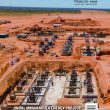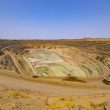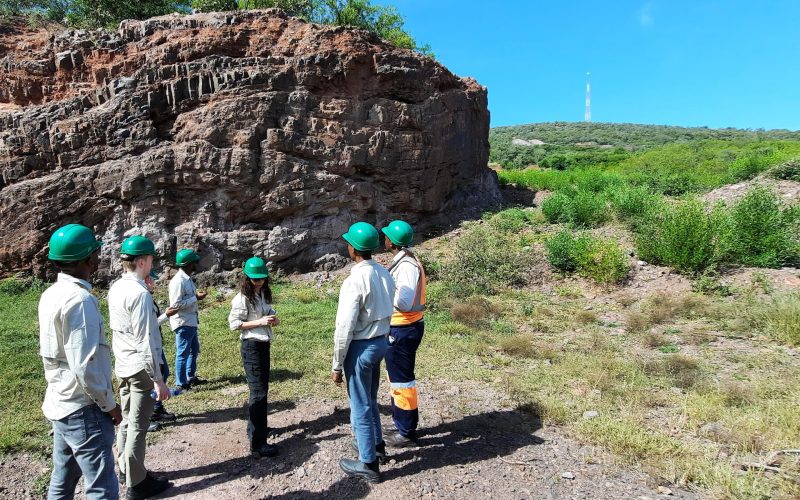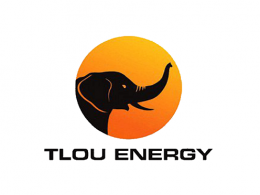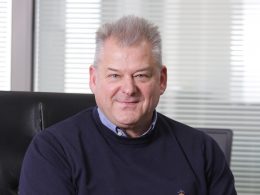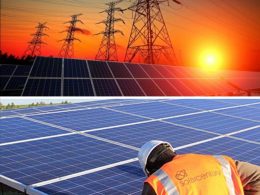- P3.6 billion cost to develop the mine to reach commercial stage
- P15 billion cash-flow projected during the life of the mine from 2025
The Projects | Battery Minerals
Giyani Metals Corporation, the company developing Botswana’s first commercial manganese project at the historically producing Kgwakgwe Hill site in Kanye, late November 2022 released feasibility study results for the project.
Results are showing robust prospects for what is anticipated to be one of the largest high-purity manganese sulphate monohydrate (“HPMSM”) projects in the world.
K.Hill’s total Indicated Resource of 2.1 million tonnes (“Mt”), estimated by SRK in February 2022, was evaluated for the purpose of the Feasibility Study and almost 100% of the Indicated Resources have been converted into 2.0 Mt of Probable Reserves.
The Inferred Resource of 3.1 Mt for K.Hill, estimated by SRK, is in the process of evaluation to be upgraded into the Indicated Resource category. New Mineral Resource Estimates for K.Hill and the nearby Otse manganese oxide prospect are currently targeted for completion in H1 2023.
Giyani reported on Tuesday that according to the feasibility study there will be robust economic returns, with post-tax net present value (“NPV”), at an 8% discount rate, of US$481M (C$649M) and a post-tax internal rate of return (“IRR”) of 28%.
The feasibility study is showing low capital intensity for what will be one of the largest HPMSM projects in the world: estimated initial capital expenditure of US$281M (C$379M), (just over P3.6 billion) including contingency of US$32M (C$43M), for a fully integrated battery raw materials project
Strong free cash flow with net free cash flow over the life of the project, estimated at US$1,093M, (over P14 billion) (C$1,476M), equivalent to US$99M (C$134M) per year with first commercial production in 2025.
The feasibility study has also shown significant geological upside offers potential to expand the project and extend mine life: exploration work to upgrade the 3.1 Mt of Inferred Resources in the K.Hill southerly extension is progressing, and the addition of these resources and the Otse prospect provides the potential to expand the Project in future years and extend the mine life significantly.
The project also boasts of operational advantage of higher grade ore and conventional mining. Giyani’s Probable Reserve grade of 18.9% manganese oxide (“MnO”) is the highest among its listed battery-grade manganese peers and underpins a scalable operation with an initial throughput of 200 thousand tonnes (“kt”) ore production per annum, offering potential future production capacity expansion.
CPM Group LLC (“CPM”), an independent research and consultancy company, projects demand for HPMSM in LI Batteries to grow by nearly 30 times between 2021 and 2036.
Giyani’s HPMSM production process directly from manganese oxide ore does not require power-intensive calcining or electrorefining and the planned integration of 4.5 MW of solar power contributes to a very competitive Scope 1 and 2 emissions footprint of only 1.4 kg of carbon dioxide equivalent per kilogram of HPMSM, clearing the company’s pathway to becoming a low-carbon producer.
The 4.5 MW solar plant for the Project will be located on a 7.6 ha area 1.2 km west-northwest of the Kanye municipal borehole. This location was selected to take advantage of the relatively flat topography west of the mine and to position the solar plant outside of an area that would be affected in the unlikely event of any dust plume coming from the mine, for which dominant wind direction and speeds were accounted.
Giyani further boasts of strong ESG credentials, the Project’s development strategy has been formulated around the mitigation hierarchy of “avoid-minimize-mitigate” with initiatives such as renewable energy integration, water self-sufficiency and dry stack tailings management to be included in the Environmental and Social Impact Assessment (“ESIA”), currently estimated to be completed and submitted to the authorities in Botswana in Q1 2023.
In addition to potential life-of-project (“LOP”) extensions through further exploration success, work is ongoing to lower operating costs, particularly related to certain consumables affected by supply chain disruption and global inflation.
The total estimated initial capital expenditure for the design, construction, installation, and commissioning for all facilities and equipment for the Project is US$281M (over P3.6 billion) including contingency of US$32M.
This estimate includes direct field costs required to execute the Project, plus indirect costs associated with design, construction, installation, and commissioning. This estimate is based on pricing as of H2 2022, with no allowances for inflation or escalation.
Jonathan Henry, Executive Chair of Giyani said the K.Hill manganese project has the potential to be one of the most significant and largest battery-grade manganese producers globally.
The feasibility study shows how far the scope of the Project has developed since the April 2021 preliminary economic assessment and is the next step to bringing this project into production. These results according to Henry demonstrate the robust economics of K.Hill, with ongoing work also highlighting the expansion and optimization potential.
Henry says Giyani has an early-mover advantage to meet the growing demand for HPMSM from the EV sector, which is prioritizing responsible, low-carbon producers outside of the dominant Chinese supply chain.
“Our hydrometallurgical process, which treats our captive ore without the need for calcining or electrorefining, saves both cost and carbon emissions, as evidenced by the results of the recent life cycle assessment for K.Hill.
“Alongside the optimization work that will be completed after the FS release, which will review opportunities to enhance the Project’s value, we continue to evaluate the 3.1 Mt of Inferred Resources at K.Hill and potential additional resources at nearby Otse still to be consolidated into the Project plan, with the view to extend K.Hill’s operating life and production capacity significantly.
“In parallel to the FS work, the team has progressed the construction of our demonstration plant and it remains on track to produce HPMSM samples for testing by potential off-takers in H2 2023”

